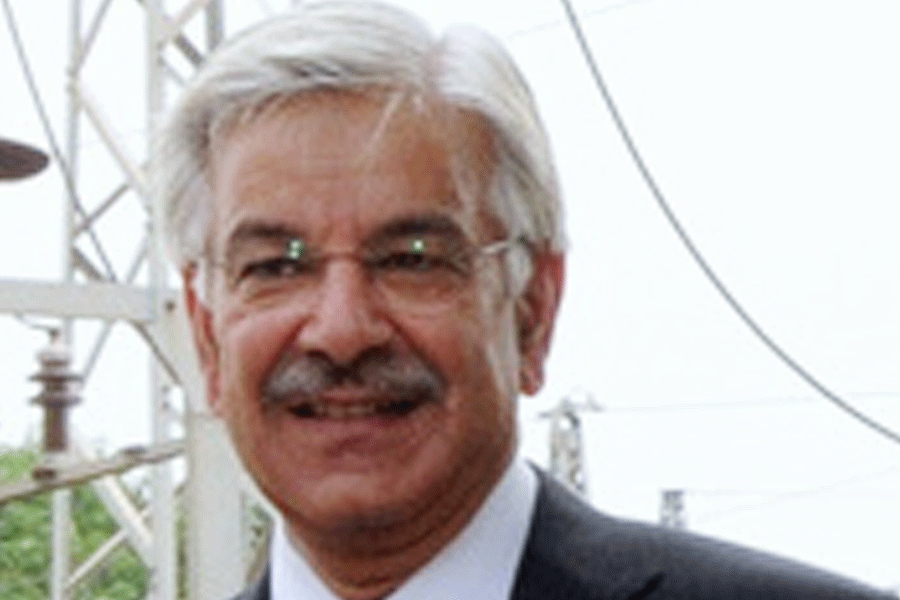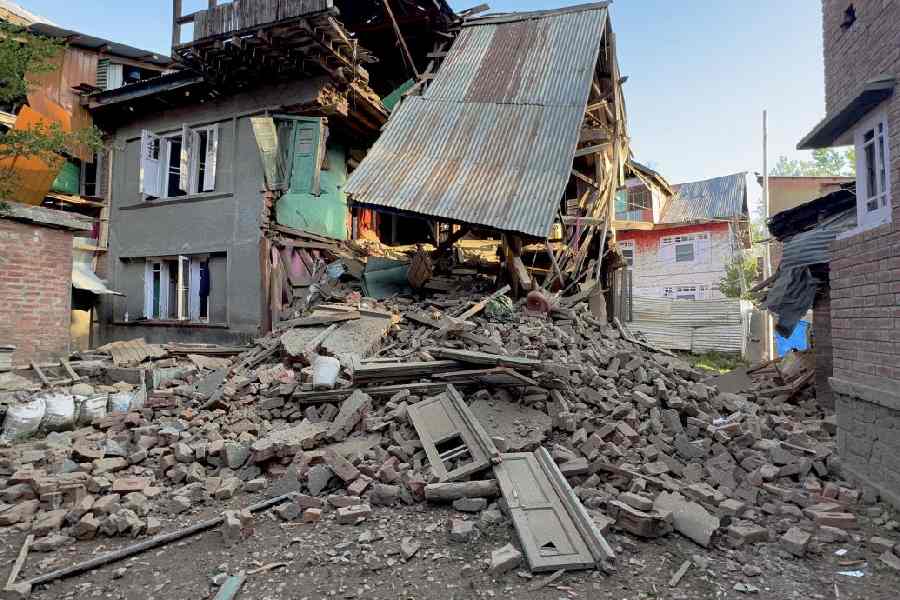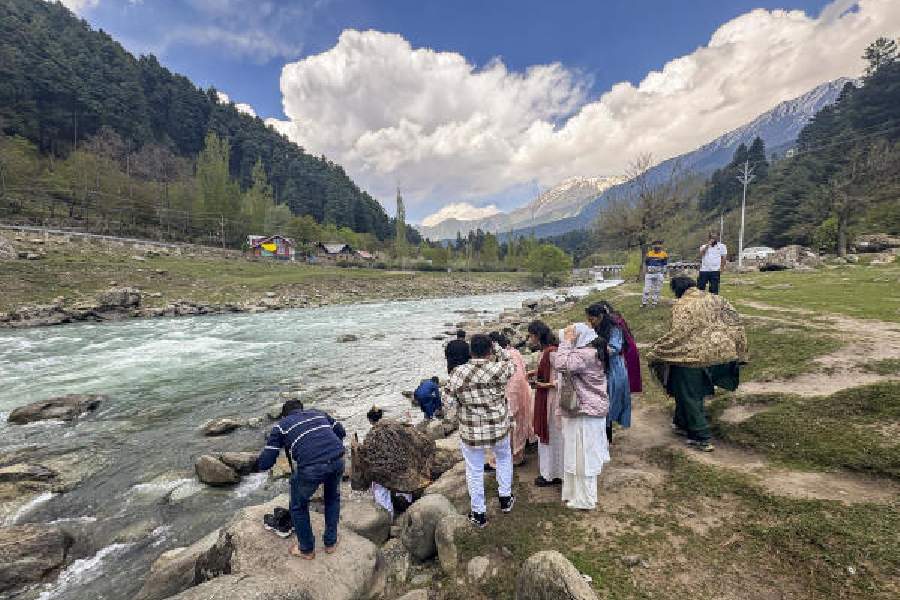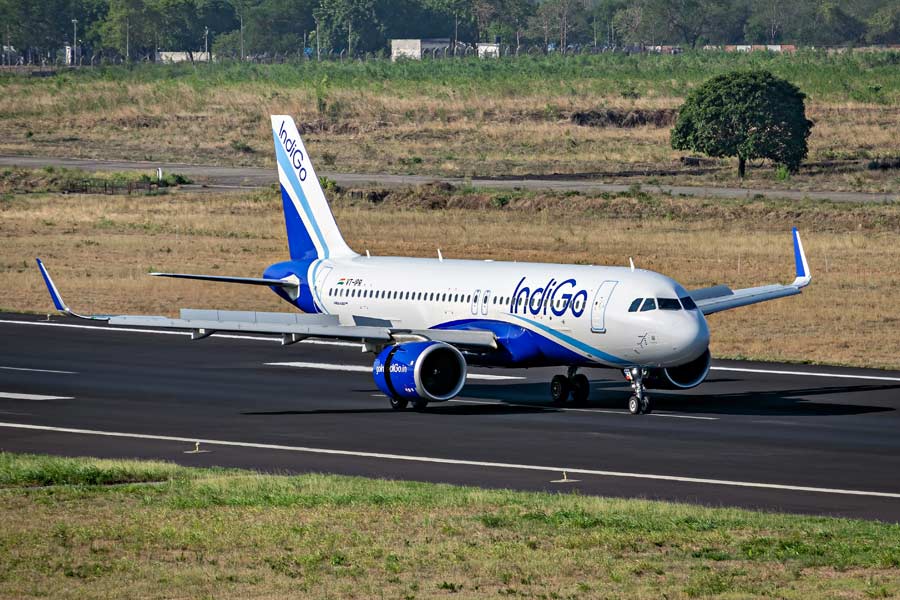 |
New Delhi, Dec. 29: Researchers have thrown up the first evidence that all states in India will save electricity and gain in other ways if the nation winds all its clocks ahead by 30 minutes permanently, pushing the Indian Standard Time meridian eastward.
Researchers at the National Institute of Advanced Studies (NIAS), Bangalore, have calculated that India could annually save 2.7 billion units of electricity — enough to power 1.35 million additional urban middle-class homes — if it sets the IST six hours ahead of Greenwich Mean Time (GMT).
The advantages will accrue, of course, only if we stick to our usual timings — of waking up, going to bed and other daily activities — by the watch even after the shift.
What this means is this: suppose, under the existing IST, the sun rises at 6am and sets at 6.30pm on a certain date in your city. Suppose also that you rise at 6am and go to bed at 11pm every day.
After the IST shift, then, the sun would rise at 6.30am and set at 7pm in your city on that particular date of the year. So, if you continue to rise at 6am by your (reset) watch and go to bed at 11pm, you would wake up and retire half an hour earlier than before, saving electricity at night.
It would also mean offices will shut sooner, adding daylight time in the evenings, and people will travel home earlier. All this would mean less power consumption at work too.
The fresh proposal to shift the IST meridian from 82.5E longitude near Allahabad to 90E near the Assam-Bengal border resurrects a two-decade-old debate in India’s policy-making circles.
“We think this is worth doing,” said Debi Prasad Sengupta, former professor of electrical engineering at the Indian Institute of Science, Bangalore, and now a visiting professor at the school of natural sciences and engineering at the NIAS.
“It comes at virtually no cost. All it takes is for clocks to be reset once at midnight. We expect that over time, people will forget it was even done,” Sengupta told The Telegraph.
If accepted, the proposal will help push life in eastern India towards closer synchrony with the sun’s movements.
Parts of eastern India, particularly the Northeast, bear what the NIAS researchers call the “twin burden” of very early summer sunrises and very early winter sunsets. Parts of the Northeast are bright by about 4am in June and dark before 5pm in December.
Sengupta and his colleague Dilip Ahuja analysed thousands of daily power load curves from 12 of the heaviest grid-electricity consuming states and found that every state would save some power if the IST were advanced by half an hour.
The electricity saved would range from 0.16 per cent in Gujarat to 0.64 per cent in Bengal and 0.68 per cent in Madhya Pradesh, they said. The findings were reported this week in the journal Current Science, published by the Indian Academy of Sciences.
Their analysis extrapolated to the entire country suggests a total daily energy saving of about 7.45 million units, or 2.7 billion units each year.
While consumption patterns vary greatly, Sengupta said, if an average urban household consumes about 2,000 units a year, this saving is sufficient to supply electricity to 1.35 million households.
Proposals for altering India’s time zones have been circulating in policy circles for nearly a decade.
Researchers at The Energy and Resources Institute, New Delhi, had in the late 1980s proposed that given India’s wide geographic spread — leading to a 116-minute time difference between its easternmost and westernmost points — the country should have two time zones, an eastern zone and a western zone.
The department of science and technology examined the proposal again in 2002 but recommended against it, arguing that such a move would cause difficulties to airlines, railways and communication services.
Ahuja said a permanent advance of the IST to six hours ahead of GMT would offer greater benefits than the proposal for two time zones. In a paper published last year in the journal Energy Policy, Ahuja and Sengupta had said additional daylight hours would also yield other gains.
Citing independent studies that indicate that most traffic accidents occur during the evening or night, the researchers have predicted a reduction in road accidents if the IST is advanced, because more people will be returning home before dusk.
Anecdotal evidence, the researchers say, also suggests that petty crime such as purse and necklace snatchings increase during the dusk hours.
Additional daylight hours in the evenings, Sengupta said, would also be “people-friendly”. “Doing this would also align India with most other countries of the world,” Ahuja said.
Among the 405 different time zones and regions around the world, they said, 97 per cent have times that differ from the GMT by exactly an integer hour. “India currently falls in the 3 per cent of regions with additional half-hour differences.”
After the proposed shift, however, wake-up timings would be darker than now in the northwestern states. While this could add to the power load during mornings, the researchers say there will be an overall gain — through the electricity saved in the evenings and the predicted social benefits.
An Ahmedabad architect not associated with the NIAS study has independently calculated through a simulation study that a six-hour difference between the IST and GMT would help India’s metropolises save about 6 per cent in office lighting.
“But I’m still sceptical about how such a proposal would be received,” said Rajan Rawal, who specialises in building energy efficiency at the Centre for Environmental Planning and Technology University, Ahmedabad.
“We still don’t know what it’ll take on the ground,” he told this newspaper.










